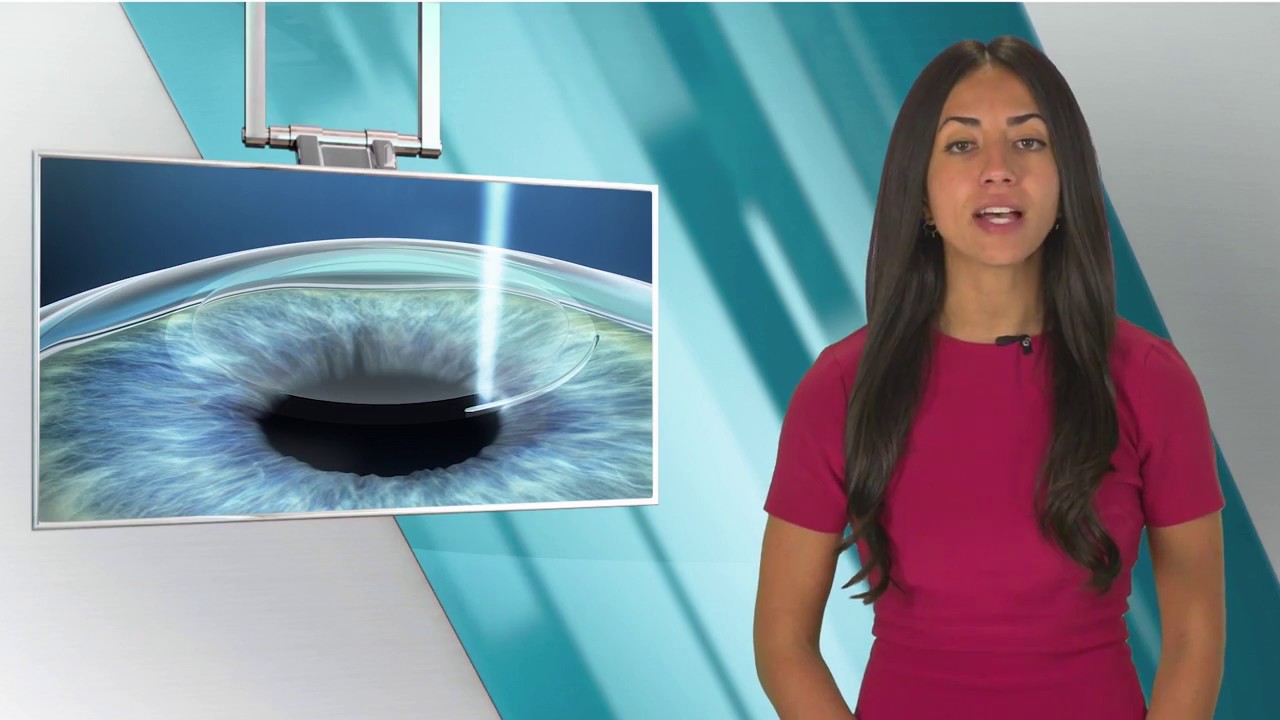One of the most popular surgical operations performed all over the world today, cataract surgery is also one of the most successful surgeries. Patients who have cataracts, which are clouded or opaque spots in the lens of the eye, can benefit from this treatment since it is both safe and effective in restoring their eyesight.
However, similar to other types of medical procedures, cataract surgery is always being developed further and refined. In this article, we will go over some of the most recent developments in cataract surgery, as well as how these advancements are leading to better outcomes for patients.
At Personal Eyes, we have taken due diligence to publish articles like this to enlighten you about various topics such as – the effects of bright lights on the lens of the eye, artificial intraocular lenses, toric lenses, cataract removal, blurry vision problems, posterior capsule opacification, double vision, clouded lens, and many more. Read on!
What exactly are cataracts, then?

Cataracts are regions in the lens of the eye that become clouded or opaque and can result in a loss of vision. They are brought on by aging the vast majority of the time, but they can also be brought on by particular injuries, diseases, or drugs.
The development of cataracts normally occurs very gradually, and patients may not initially see any changes in the clarity of their vision. On the other hand, symptoms such as blurred vision, glare, and difficulties seeing at night might appear as the cataract progresses to a more advanced stage.
Surgery for Cataracts

Patients who suffer from cataracts have access to a reliable and successful treatment option in the form of cataract surgery. During the surgery, the clouded lens will be removed, and an intraocular lens that is artificial will be implanted in its stead (IOL).
The retina, which is the region of the eye that is sensitive to light, is where the intraocular lens (IOL) is meant to concentrate light.
Phacoemulsification is the name given to the conventional approach taken in cataract surgery. During this operation, a very small incision is created in the eye, and an ultrasonic probe is moved around inside the eye in order to fragment the clouded lens.
The fragments of the lens are then extracted from the eye using a suction device. After that, the intraocular lens (IOL) is placed into the eye, and the incision is then closed.
Recent Developments in the Cataract Surgery Field
In recent years, improvements in technology have allowed for significant strides to be made in cataract surgery. The following are some of the most recent developments in cataract surgery:
In femtosecond laser-assisted cataract surgery, a laser is used to produce precise incisions in the eye. This technique was developed in the 1990s. This makes it possible to carry out the treatment with greater precision and reliability. The surgeon is able to make more precise incisions with the use of this technology, which may lead to a more expedient recovery time.
IOLs that are tailored to the patient’s needs were not an option for cataract surgery patients in the past since there were just a few standard varieties of IOLs. Patients, however, now have additional choices to restore their eyesight following surgery because of the development of individualised intraocular lenses (IOLs).
Unclouded Vision Through the Use of an Intraocular Lens (IOL)
For instance, toric intraocular lenses (IOLs) are intended to correct astigmatism, which is a common problem that results in vision that is distorted. Patients who have multifocal IOLs can see properly without the need for glasses for a variety of activities since they can correct both far and close vision.
Extended depth of focus intraocular lenses, also known as EDOF intraocular lenses, is a more recent variant of the intraocular lens (IOL) that is inserted into the eye during cataract surgery.
These intraocular lenses (IOLs) are meant to give a wider range of vision than the typical monofocal IOLs, which only compensate for a person’s ability to see clearly at a distance.
These intraocular lenses (IOLs) provide patients the ability to see properly at a range of distances, from the furthest to the intermediate, making them an excellent choice for patients who spend a significant amount of time working on computers or tablets.
More exact measures: Because of advancements in technology, the measurements of the eye can now be more accurately taken than ever before; as a result, it is possible to make a more accurate estimate of how the operation will ultimately turn out.
This ensures that the intraocular lens (IOL) is positioned appropriately within the eye, which ultimately leads to improved vision for the patient.
Advantages of the Most Recent Developments in Cataracts Surgery

There are a variety of advantages that come with the most recent advancements in cataracts surgery. Patients who have cataract surgery aided by a femtosecond laser often report a more expedient recovery and a lower risk of problems compared to patients who undergo conventional cataract surgery.
Patients who receive customized IOLs may experience improved vision following surgery and have less need for corrective eyewear as a result.
The patient will have improved vision as a consequence of the more exact measurements, which will help guarantee that the intraocular lens (IOL) is positioned appropriately within the eye.
Modern advances in cataract surgery are critically important.
About 5 million people are told they have cataract-related blindness each year. In terms of frequency, cataracts outnumber age-related macular degeneration, glaucoma, and diabetic retinopathy combined.
However, as technology improved, millions of people’s eyesight were restored. Choose a cataract surgery center that has cutting-edge equipment and well-trained doctors. By doing so, you can ensure that you get the care you require and the services you deserve.
All of the latest intraocular lens technology is available at Personal Eyes Care Australia, where we also do cutting-edge cataract surgery. Schedule an appointment with our medical specialists today.
Conclusion
Personal Eyes’ mission is to provide information to everyone interested in learning how to better their eyesight in-spite of a cloudy vision from a cataract. And if you are seriously considering cataract surgery or you begin to notice that eye drops are no longer effective for your eye pain, contact us and we can help you determine if you are a suitable candidate for lens replacement surgery.
If you are having any questions or inquiries about how to have clear vision, or about specific topics such as – intraocular lens implant, cloudy lens, retinal detachment, laser-assisted cataract surgery, manual cataract surgery, lens capsule, replacement lens, new artificial lens, distance vision, artificial intraocular lens, multifocal lenses, eye surgeon, cloudy natural lens, cataract surgeon – you should get in touch with us via our Personal Eyes website to book your free consultation today.




